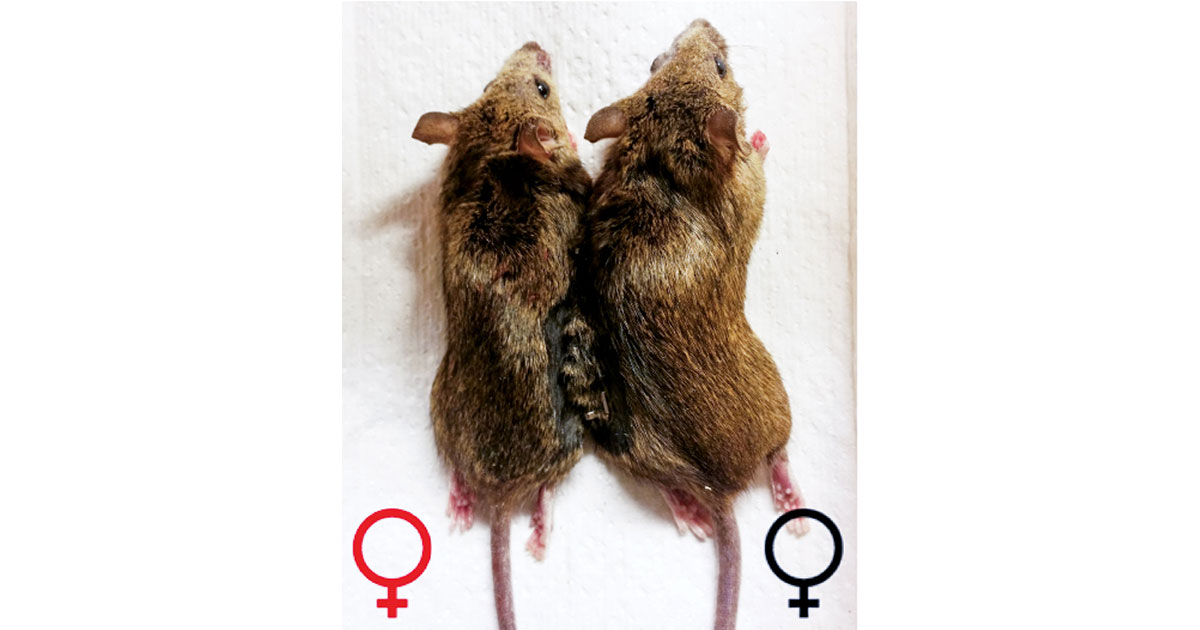Advertisement
Grab your lab coat. Let's get started
Welcome!
Welcome!
Create an account below to get 6 C&EN articles per month, receive newsletters and more - all free.
It seems this is your first time logging in online. Please enter the following information to continue.
As an ACS member you automatically get access to this site. All we need is few more details to create your reading experience.
Not you? Sign in with a different account.
Not you? Sign in with a different account.
ERROR 1
ERROR 1
ERROR 2
ERROR 2
ERROR 2
ERROR 2
ERROR 2
Password and Confirm password must match.
If you have an ACS member number, please enter it here so we can link this account to your membership. (optional)
ERROR 2
ACS values your privacy. By submitting your information, you are gaining access to C&EN and subscribing to our weekly newsletter. We use the information you provide to make your reading experience better, and we will never sell your data to third party members.
Biological Chemistry
Bacteria Emit Chemical Stews
Natural Products: Researchers detect myriad new compounds, insect pheromones
by Elizabeth K. Wilson
September 28, 2012
| A version of this story appeared in
Volume 90, Issue 40

A new study of the air floating above dozens of strains of bacteria has revealed a cornucopia of volatile compounds, including 12 new natural products and a handful of insect pheromones (J. Nat. Prod., DOI: 10.1021/np300468h).
The work, from chemistry professor Jeroen S. Dickschat, Christian A. Citron, and Patrick Rabe at the Technical University of Braunschweig, in Germany, not only shows that this bacterial “headspace” could be a rich untapped source of natural products, but also raises interesting questions about the nature of bacterial signaling and even suggests uses for some of these compounds.
“It’s a fabulous review,” says Jon Clardy of Harvard Medical School. “This lays the groundwork for a number of very interesting studies.”
The group sampled volatile chemicals emitted by 50 bacterial strains and identified 254 compounds from numerous classes, including hydrocarbons, alcohols, aldehydes, ketones, and lactones. Twelve of the volatile natural products have never been reported from any natural source, although some of them are known in literature as synthetic compounds.
These relatively small compounds give potential insights into biosynthetic pathways in bacteria, Dickschat says. For example, some of the compounds might be related to larger secondary metabolites, such as degradation products or biosynthetic shunt products that could have useful properties, such as antibiotics.
Whether the bacterially produced insect pheromones discovered in the study are actually used in insect signaling may be questionable, some researchers say. But even if they are not, they could have applications for insect control, Dickschat notes. They could be used to seduce and trap unwanted insects, for example. And if large quantities were needed, the bacteria could be harnessed to produce the compounds more efficiently than via chemical synthesis.
These compounds, Clardy says, “tell you a tremendous amount about how bacteria do things and talk to each other.”




Join the conversation
Contact the reporter
Submit a Letter to the Editor for publication
Engage with us on Twitter